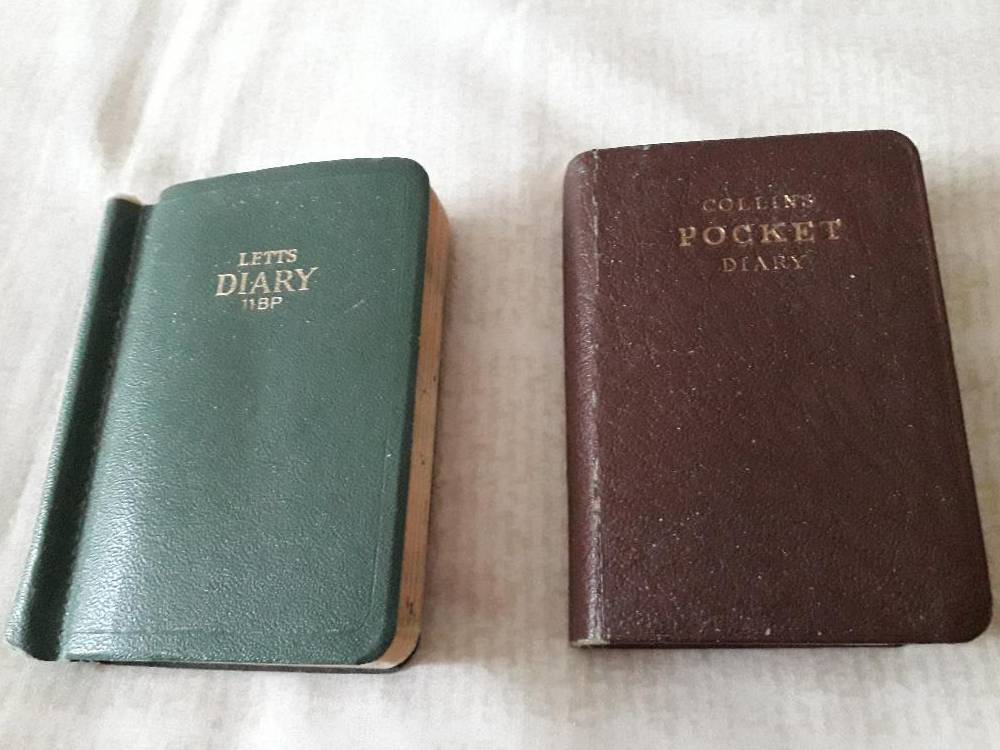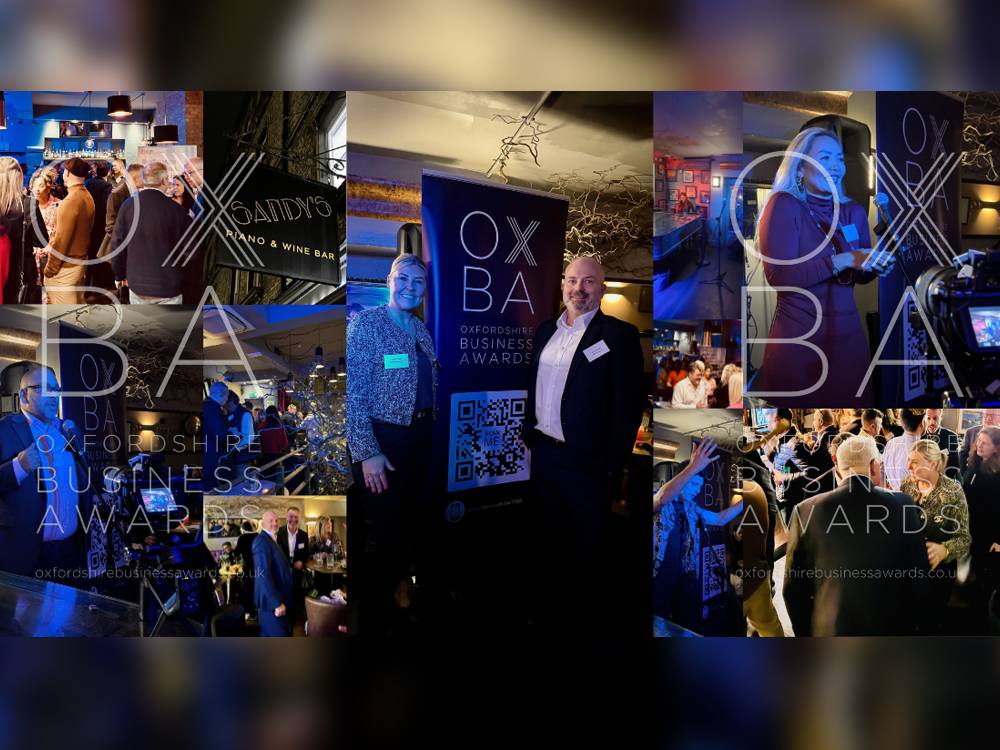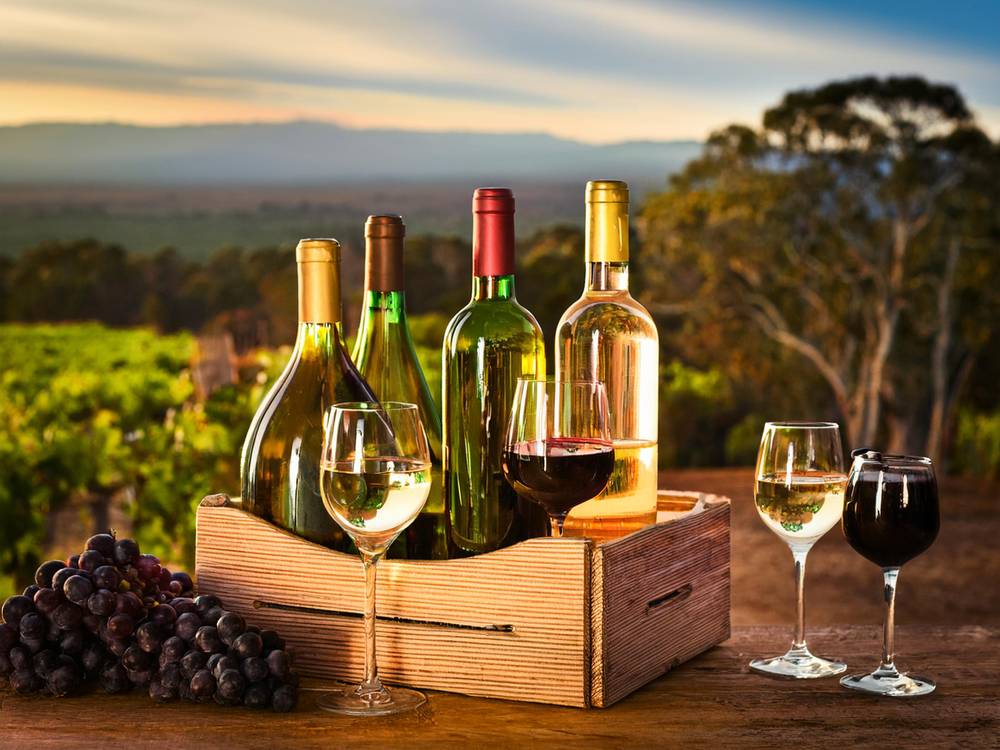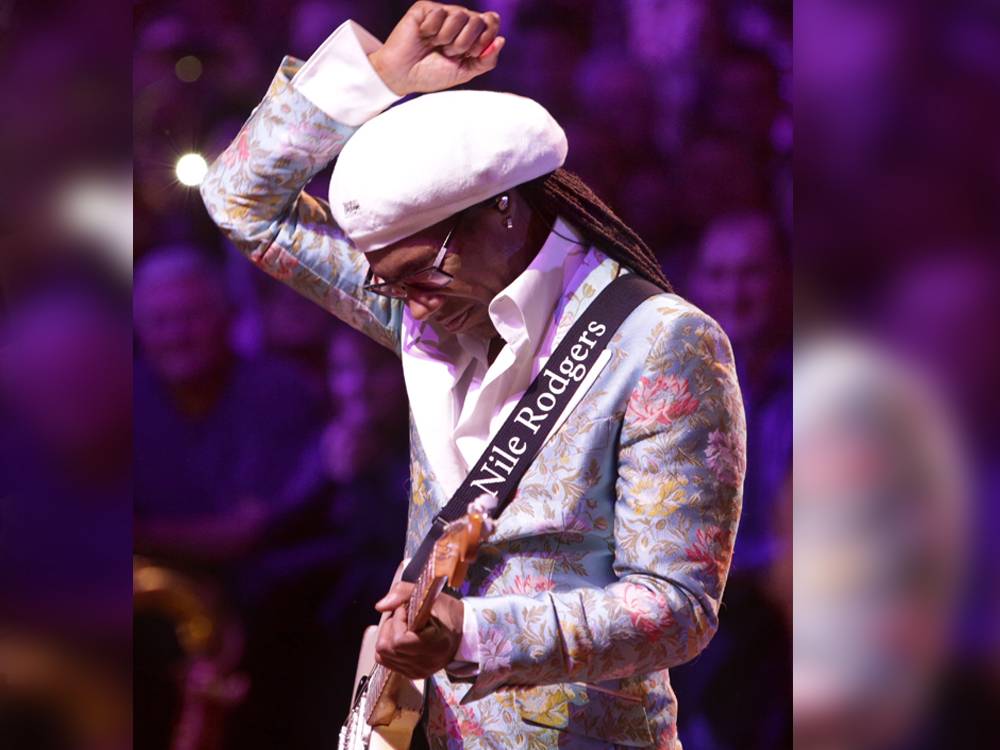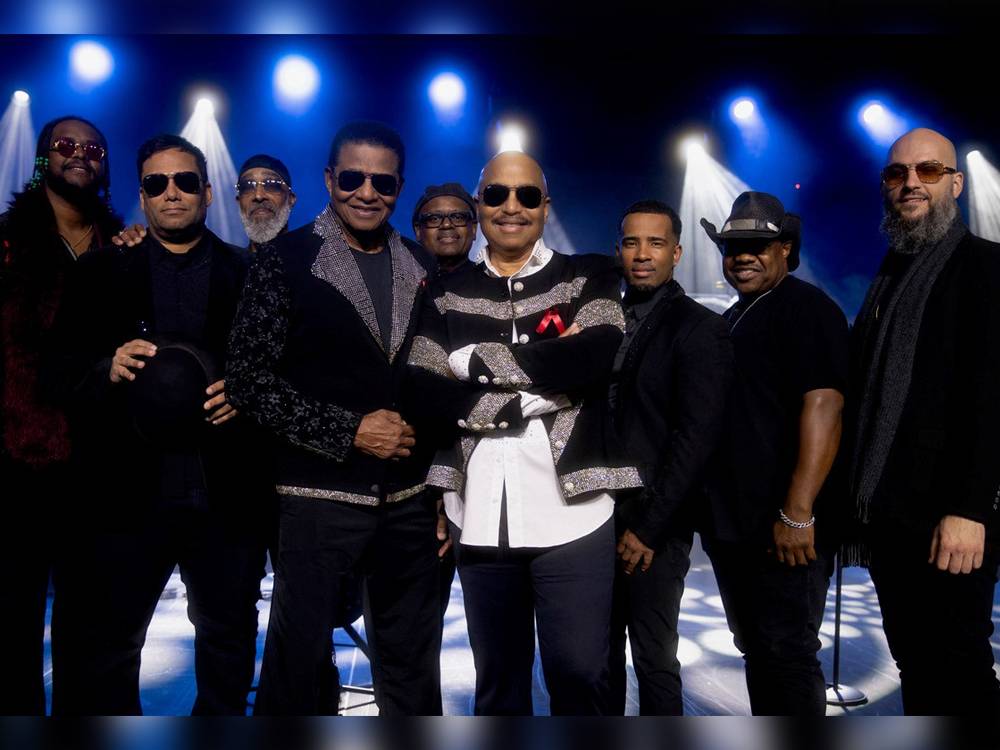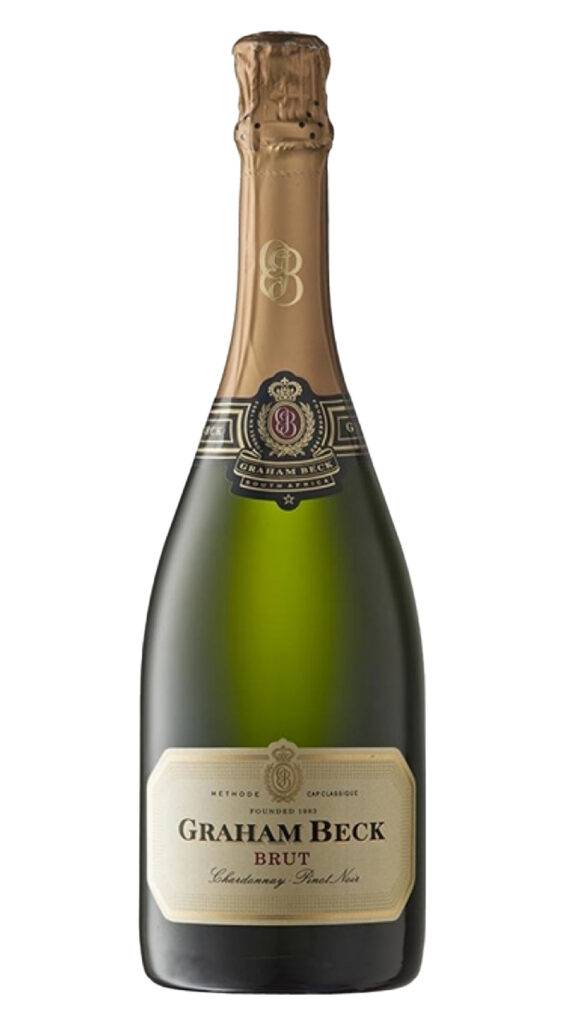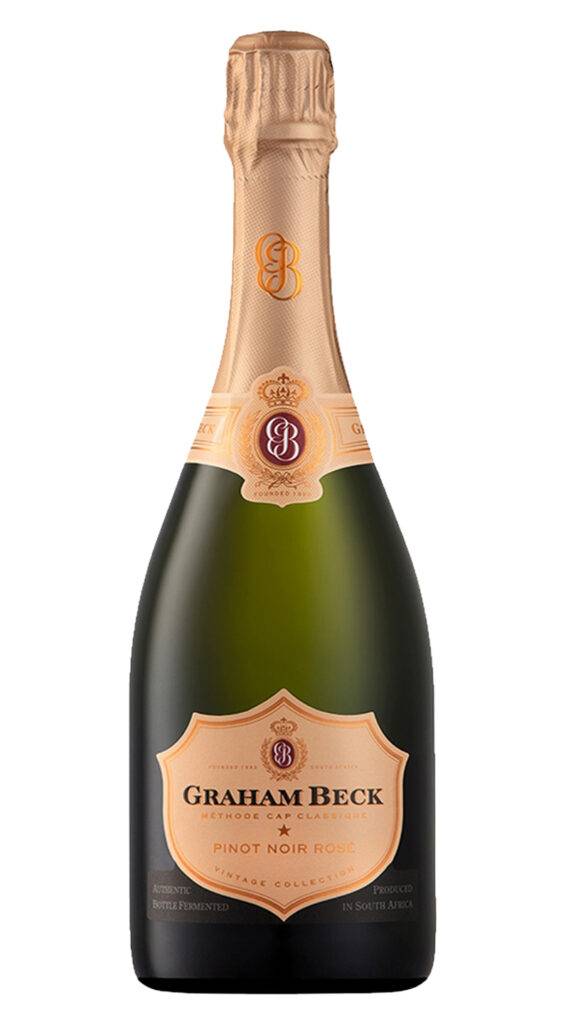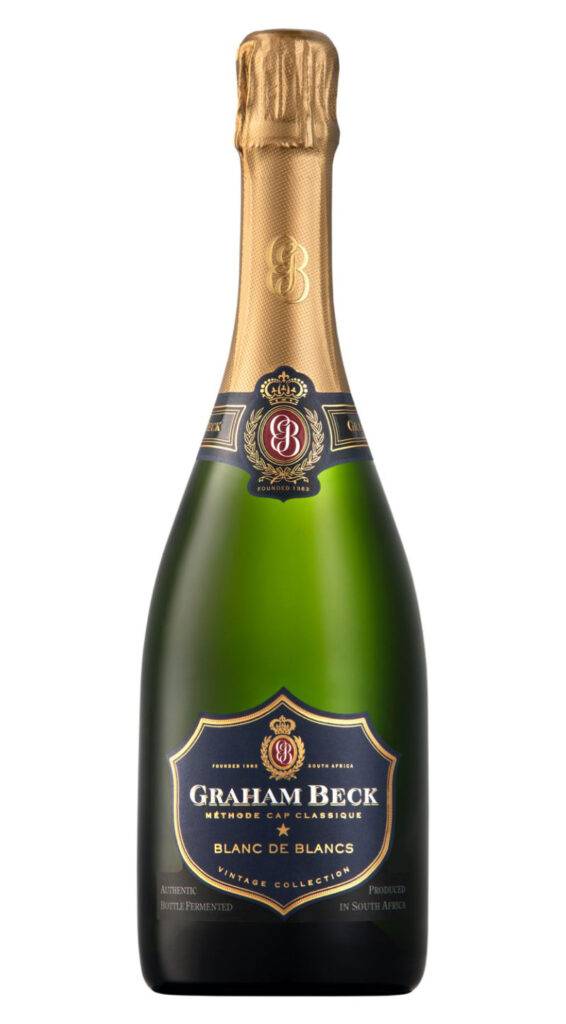Round & About’s resident wine columnist Giles Luckett looks at South Africa’s changing white wine scene by talking to Mike Dawson of Journey’s End
Now and again, you come across a producer that epitomises a region’s or even an entire country’s winemaking. Be it mastery of a certain grape variety, like Australia’s Yalumba and Viognier, innovation and Errazurriz in Chile, or a style, such as Nyetimber and sparkling wine in England, they encapsulates what’s best in their industry.
I recently discovered such a producer in the shape of South Africa’s Journey’s End Vineyards. I’ve been a fan of their wines for years, particularly their brilliantly bonkers Honey Drop Chardonnay (Majestic £9.99), but it was only recently that I got the chance to take a deep dive into their impressive range of white wines. These range from fun and fruit-filled to some serious, age-worthy wines that possess a strong European accent.
To find out more and to get an insight into the South African wine scene, I caught up with winemaker, Mike Dawson. Critics often say that the best wines are a reflection of their maker, and that’s certainly the case here, Mike being as generous, interesting and young (though at my age I look at everyone under 30 and wonder why they aren’t in school) as his excellent wines.
Q. How would you sum up your winemaking philosophy? Are you an interventionist or do you prefer to be hands-off where possible?
“Overall, I am a non-interventionist. I see myself as more of a caretaker than a manipulator. When you’re blessed with grapes as good as we have in South Africa I believe it’s best to work with what nature gives you.”
Q. So fancy fermentation vessels, artificial regulation of acidity or cultured yeasts aren’t for you?
“No, keep it simple. No matter which grape I’m working with, be it Chenin Blanc, Chardonnay, Semillon or Sauvignon, I want a taste of place to come through. Journey’s End isn’t in the business of masking or manufacturing flavours. Natural fermentations, treat what you’ve been given with respect and focus on creating great wines.”
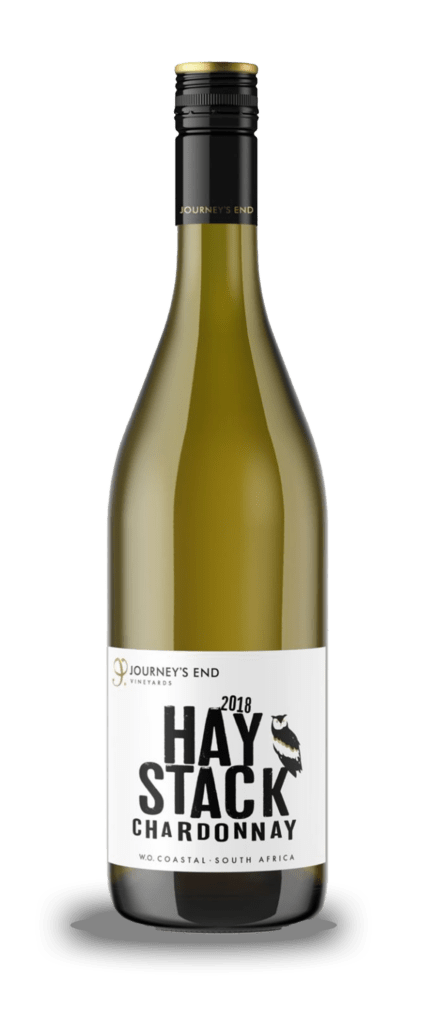
Journey’s End Haystack Chardonnay (Tanners £13.90). Inviting mid-gold hue with a lively, yet rich, bouquet that blends citrus fruits with honey. Ripe and mouth-filling, there’s an impressive breadth of flavours on show here everything from red apples and melon to tropical fruit and butter. A crisp grapefruit acidity keeps everything balanced and makes it an ideal partner for poultry or game birds.
Q. Journey’s End wines’ have quite a European feel to them, is that a winemaking decision, a product of site and vine, or a little bit of both?
“Both. Our grapes are planted in ocean-cooled areas and many of our vineyards are on south-facing slopes which helps to keep temperatures down and gives us longer growing season. For white wines, this is ideal. Sugars and flavouring compounds develop slowly and evenly while maintaining good acidity. There’s a good diurnal (day to night) temperature range that promotes fragrance and balance as it does in many European regions. We’re also big fans of oak and French oak is used in many of our wines as it adds complexity and nuance.”
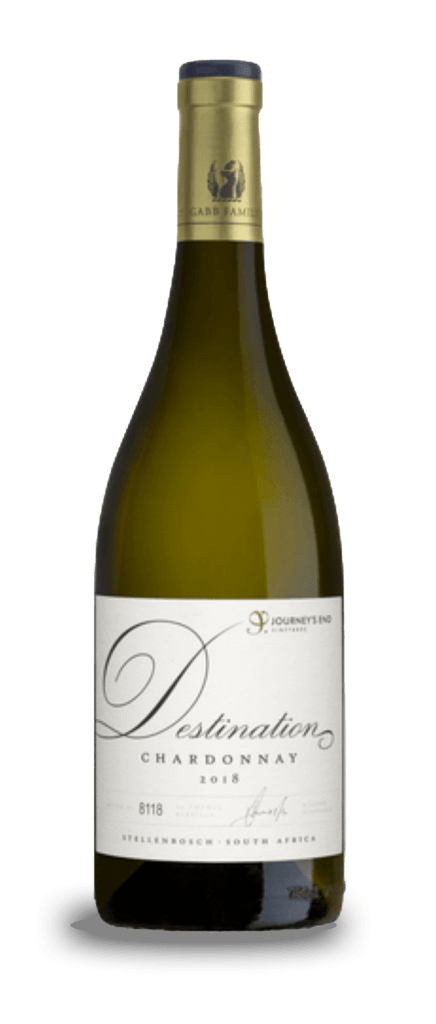
Destination Chardonnay 2022 (Vinum £31.50) is a hugely impressive glassful. Golden with green-gold highlights, the powerful, profound nose is picked with green and yellow fruits, smoky vanilla and citrus. Big but not brash, it’s one of the biggest Chardonnays I’ve tasted in some time, but it doesn’t feel flabby or overpowering. The firm acidity, clever use of oak and abundance of fruit means it maintains its balance and, remarkably, it feels precise and focused. Still young, at the moment it needs partnering with fine food – monkfish, mushroom risotto, guinea fowl – but in a few years it will be a sensational solo sipper.
Q. Climate change is obviously a huge issue for winemakers worldwide, how is it affecting you and what steps are you taking to deal with it?
“It’s taking effect here. We started seeing changes in 2015/2016. Everything is getting more extreme. We’ve had five or six years of drought and we’ve seen winds of 120 kilometres an hour which have ravaged wines. Our winters are getting wetter – we’re collecting rain in dams for the summers – and harvests are getting earlier. In the last seven years, we’ve seen vintages come forward by an average of 10 days. It’s challenging. We’re learning something new every year, and while we have a lot of old vines that are more resistant, you have to adapt.
“We’re fortunate in that we’re part of a community of winemakers who are happy to collaborate. We share knowledge and ideas and muck in when someone needs assistance. It’s one of the best things about making wine here.
“In terms of what we’re doing to combat further climate change, we’re using a lot of organic and environmentally friendly practices. We re-use of grape waste on the vines, water waste is recycled, and Journey’s End was the second winery in South Africa to install solar power generation.
“Our business is built on sustainability, community projects – such as hiring and training local people – and making sure there’s a proper trade-off between money and sustainability. We want to create great wines that won’t cost the earth.”
Q. Many countries and regions – I’m thinking of places like McLaren Vale and Bordeaux – are changing their plantings to deal with climate change, is that something you’re considering? Personally, I’d love to see a Fiano or an Assyrtiko from Journey’s End – any chance?
“In Durban they are looking at mildew (a form of mould) resistant grapes. It’s a massive undertaking. You need to wait three years to get any fruit and it takes time to see if the wine you can make from it is up to standard. For the time being, we’re sticking with what we have. We’re looking at different rootstocks, cultivars and clones. Our focus remains on Chardonnay and we’re very excited about white Bordeaux grapes such as Sauvignon and Semillon. Our Ad Infinitum is a blend of 87% Sauvignon and 13% Semillon from small blocks planted at 250m above sea level. It’s a passion project of ours and we think it’s got exceptional potential.”
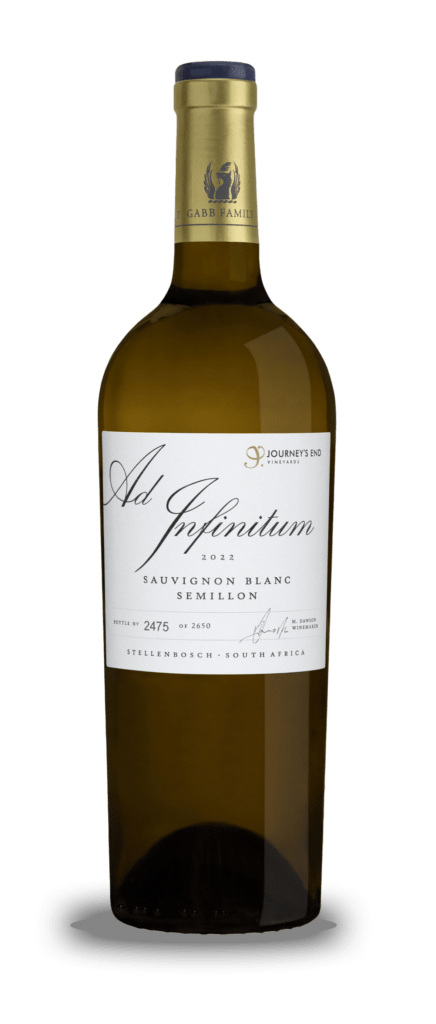
The Ad Infinitum 2022 (£28 from Noble Green Wines) is ghostly pale with a shimmering, green-gold hue. The nose is fresh, zesty has piercing notes of gooseberries and rhubarb with a smoky tone and savour, mineral edge. The fruit-savoury tension continues on the palate, where mouth-watering citrus, red pears, and white peach are balanced by a steely minerality, a curt touch of peel and a hint of creamy honey. Youthful and intense, in another year or two this will be outstanding.
Q. I’m a huge fan of South African Chenin – especially when it’s oaked. Do you think it enjoys as good a reputation as it might? Many UK consumers don’t see it as a serious wine, they certainly don’t see it in the same light as a Vouvray or one of the other great Loire Chenin.
“It’s an education thing. South Africa is still seen as a bulk producer of Chenin and a lot of it goes for distillation. We love it, especially when it’s oaked.”
Q. South African white wines have come an awfully long way over the last twenty years or so. Do you think they have further to go and if so how/what does that look like? Is it a case of greater site/varietal/clone selection to create small batch ultra-premium wines in the way Australia and California have?
“We can do everything, and we can do everything well, but there needs to be a balance between premiumisation and affordability. There will always be a need for bulk/cheaper wines, but the small batch production is an exciting space, one we’re happy to work in.”
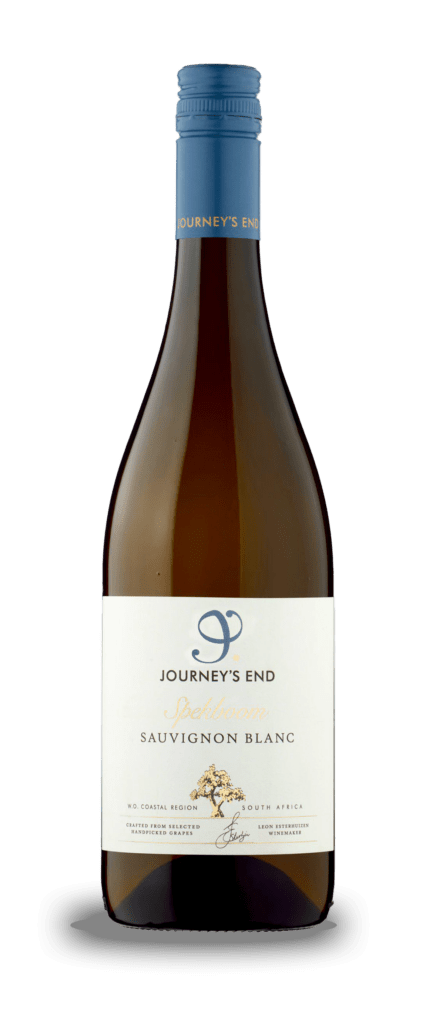
Journey’s End Spekboom Sauvignon Blanc (Sainsbury’s £11) shows how well and how distinctive South African Sauvignon can be. Grown in the cool of the Coastal Region there’s freshness without aggression. The bouquet is fresh but gentle, favouring lemons, nettles and grass over gooseberries and green peppers. On the palate, it’s generously fruited, but there’s a softness and plumpness of cooked rhubarb and grapefruit where you often find lemons and limes. The finish is long, firm and savoury making it the perfect foil to white meats, stir-fries and fresh seafood.
Q. What’s your fantasy South African wine? If you could choose any site, any vine, and any production techniques, what would you produce?
“The Ad Infinitum!”
Thanks, Mike, and keep up the great work.
Next time, I’ll be talking Champagne.
Cheers,
Giles








